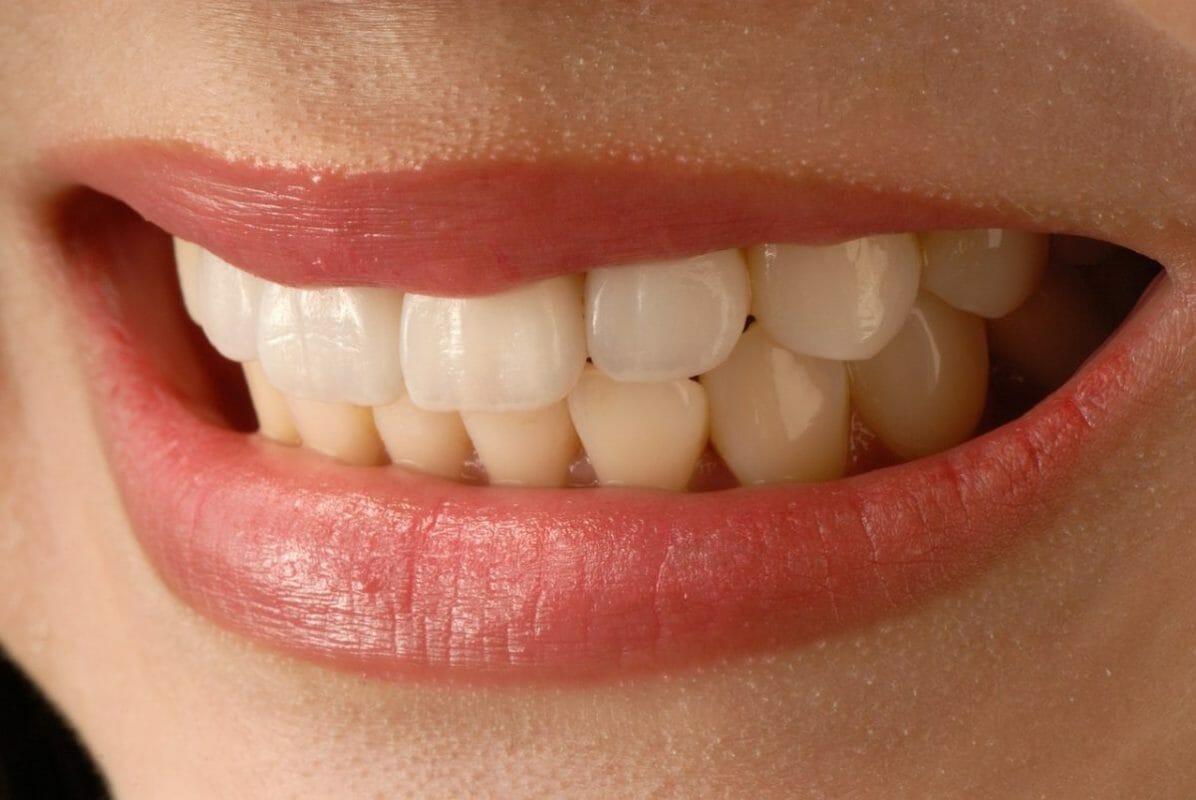Snap-on veneers have become a popular way to mask smile imperfections. The primary draw of these removable trays are their comparative affordability to traditional dental work—which can get expensive in a hurry. Though this customizable product doesn’t provide a medical solution, snap-on veneers can help people feel better about their smile. In this article we’ll help you understand whether these appliances are safe for use or just another unvetted fad.
Candidacy
The first step in snap-on veneer safety is ensuring you’re a candidate for this product. If you have a history of gum disease or tooth decay, this isn’t the appliance for you. Snap-on veneers demand a high level of oral hygiene, so if you’re starting from a place of sub-optimal oral health, this could make your symptoms worse.
The best way to know if this is a healthy solution for you is to speak with your dentist. However, this isn’t necessarily popular advice, since this product is often sought after as an affordable quick fix. Don’t let these aspects distract you from doing what’s best for your smile and book an appointment with your dentist to discuss your viability. The price will be just as approachable after you’ve taken the time to speak with your dentist.
Hygiene Risks
Saliva is one of our biggest protectors from oral health issues. When you eat, your saliva works to wash away food particles and bacteria that without intervention could wear through your enamel or cause gum inflammation (also called gingivitis, which is the first stage of gum disease). Since snap-on veneers create a barrier between your teeth and saliva, these risks can increase without proper care.
Cleaning guidelines change from provider to provider, but typically you need to wash the trays and brush your teeth after each meal. This is especially important if you eat while wearing your veneers. However, not all snap-on veneers are meant to be worn during meals. Even the ones you can eat in usually have certain dietary restrictions—like avoiding overly sticky or hard foods.
Fit Issues
Snap-on veneers are made from a mold of your smile, so they should fit snugly around your teeth. However, many of these companies operate remotely, so you won’t always be trying on your product with direct dentist supervision. Most providers offer 1–3 remakes, so be sure to take the time to honestly assess the fit of your veneers.
Serious problems can arise from consistent use of snap-on veneers that do not fit properly. If the trays are too tight, this constant pressure can eventually cause your teeth to shift. Unlike clear aligners—which apply focused pressure to realign your smile—unintended movement from an ill-fitting snap-on veneer isn’t safe and could damage your teeth.
On the other end of the spectrum, loose fitting snap-on veneers can also cause issues. Should the product rub against your gums, this abrasion can eventually cause your gum tissue to recede. Be sure to keep an open dialogue with both your provider and your dentist about the fit of your snap-on veneers.
Mitigating Risk
The good news is that the safety of snap-on veneers almost entirely depends on your behavior. If you wear them as directed and maintain excellent oral hygiene throughout their use, this could be a safe cosmetic option for you. The issues with snap-on veneers occur when these safety protocols are ignored.
In this way, snap-on veneers are similar to braces and clear aligners. Though a purely cosmetic solution, snap-on veneers require a high level of oral hygiene and user compliance just as orthodontic treatments do. Without these efforts, plaque can eventually erode your enamel causing tooth decay or gum issues.
Conclusion
Snap-on veneers can offer a safe smile upgrade for those with healthy teeth and gums. Just be sure to discuss your viability with your dentist ahead of time, stick to your provider’s wear guidelines, and stay on top of your oral hygiene.


